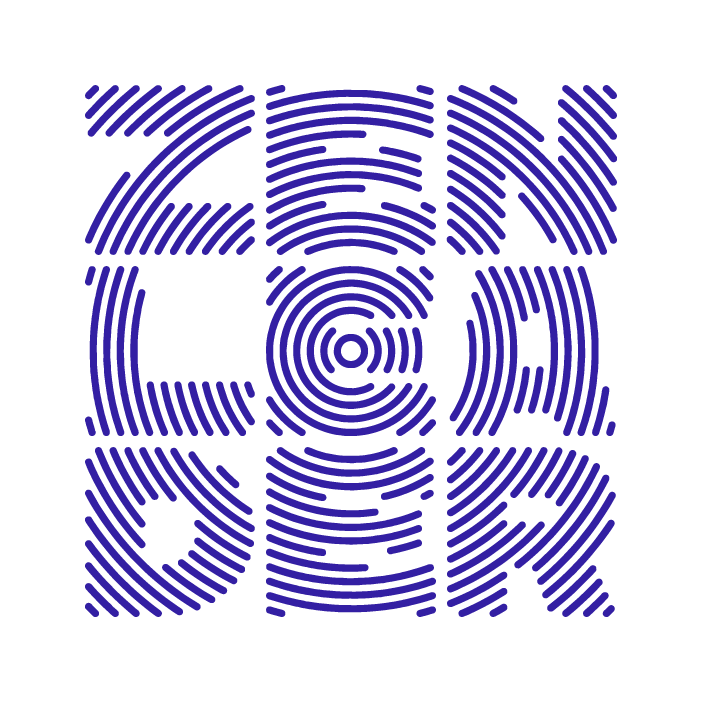Being Moved by Movingness

Being Moved by Movingness
written by Kelly Bannister in conversation with Peter Appel
“Could you google the definition of Nature?” he asked, just before I pressed the record button.
I was in a zoom conversation with Peter Appel to discuss his upcoming Movingness workshop, which is part of IZL Masterclass in September.
“Sure,” I replied, “Any definition? Wikipedia?”
“Try the Oxford Dictionary,” he suggested, “Would you read it?”
I was a bit taken aback as I spoke the words on the screen:

“Isn’t it stunning?” Peter remarked, “A clear division – there is Nature and there is us. This fundamental flaw in our thinking is right there, in the simple definition. Separation is how we define ourselves as humans.”
I paused to consider Peter’s point. Even though neither of us aligned with this definition of Nature, a dictionary definition does represent common understanding, frequent usage and widespread meaning. I was thinking no wonder the world is in the state it is!
In fact, according to a recent article in the Guardian, the Oxford English Dictionary is one of few English dictionaries with a definition of nature (from 1850) that includes humans.

But to find it, you have to dig through the archives of definitions of nature that are now considered uncommon or obsolete. Let that sink in.
“This closely relates to how we perceive the human body,” Peter continued. “According to our present way of thinking, our species started 200,000 – 300,000 years ago as our cognitive abilities developed. But from an evolutionary perspective, our body is much older than our modern brain.”
“Bringing the ancient body and the modern mind together is key in Movingness. It seems to me that when we connect with the body, not through thought but through experience, that we are bridging this gap. It can create a feeling of coming home to your body, being at home, being in what you are.”
“There’s some kind of relaxation that comes when you are not just thinking yourself, you are feeling yourself. And then something fascinating might happen: When we start to feel our body more, it also seems like we start to feel other people more. And animals. And nature as a whole.”
I asked Peter to share a bit more about the purpose and essence of Movingness and how he recently founded it as a somatic movement practice. What follows is a lightly edited transcription of some of what Peter shared during our conversation:
In Buddhism, we have the five senses as in the West, but with one addition: the ‘thinking mind’ is seen as the sixth sense. I like this framing. Sometimes I shorten it to talk about the ‘thinking mind’ and the ‘feeling body.’
So what is the feeling body? In Movingness, we are exploring how the body is reacting to different situations, thoughts, feelings and so on. But also how the mind is reacting to different states of the body – pain, pleasure, warmth, cold and so on. Gradually, we’re starting to see the dialogue that’s continuously going on inside ourselves.
Here’s another parallel with Buddhist philosophy. Today, we talk about sensations in the body, Buddha talked about vedana. And his point was that our reactions to the sensations, or vedana, is crucial to our quality of life.
So when you connect with the body on a deeper level you start to feel the different qualities of sensations – the positives, the negatives, the neutrals. If you feel safe in your body, the increased connection with it has a relaxing effect. It also gives you more freedom. You see the gap between reaction and action. Maybe you can just let that mosquito (or thought) go instead of reacting to it!
In Movingness, we further emphasize our freedom to play in the body. To create pleasant sensations with our movements. And to enjoy!
When we can start to see the reactions and behaviors in our own bodies and minds, we can learn to understand ourselves a bit more. I think this creates a closeness to other people as well. And to nature and the whole planet. We can follow the same interplay in others. At least that’s my belief.
In Movingness, we are using movement as our tool, but simultaneously we’re intentionally training these skills and abilities to read ourselves, to read our own body, to read other people and their bodies, and to become more aware of what’s happening in and around us.
In psychology, there’s a theory called the ‘predictive brain’. It’s based on the brain’s tendency to constantly try to figure out what’s coming next. The brain also seems to have a feedback loop to refine and make it’s predictions more and more precise.
But when we predict, what do we predict? We predict what we know from before. So this is not a brain state that is open to learning new things.
To get at fuller understanding about how the brain works, I think we also need to include another state of the brain – the ‘receptive mind’. I call it receptive as a counterbalance to predictive. Referring to the meditative traditions we could as well call it ‘meditative mind’.
When we’re in receptive mind, we access another state, or switch into a different operating mode. We’re open to new information. We can learn new things. And we can experience life in a new way.
This is something that I feel is really challenging today. There’s so much information and the pace is so fast, but to shift between predictive and meditative states, you need to have some space. You need to have some ability to slow down and step back. When you become more skilled at finding your receptive mind, you can more easily switch between states – step forward, and step back, and step forward again. We need to be able to handle both.
Much about Movingness is training the shift between these states, to go into the receptive mode more naturally. We can feel ourselves. We can be in our own body. We can feel what’s going on. We can also work with our inner landscape to co-create with our body, or we can just allow everything to fall away. This can be considered a meditative state, so Movingness is a kind of moving meditation.
In this way, we are breathing in, but we’re also breathing out. It’s not just about breathing in, as today’s narrative goes. It would be quite crowded in our lungs (or in the world) if we only breathed in!
Finding this back and forth – active, passive, and sometimes mixing them – we can stay somewhat connected to the meditative in the middle of the storm, and maybe feel the intensity of life in our meditation.
The automation that we have in our system from the predictive mind is very helpful. We don’t want to learn every morning how to put on our socks. We’re very skillful at learning and simplifying things so they can happen in the background.
But we also need to have a conscious dialogue with our automation. Otherwise, it can be deceitful. We can easily lose the connection to what’s happening. We don’t feel our socks so much, we just put them on. We don’t feel our clothes, we just wear them. We don’t hear the fridge. All these things are kind of unnecessary to feel, so we suppress them to the background. As if we have a grey filter.
This greyscale automation might make us more efficient. But it can also severely restrict how we see things, how we see each other, how we experience colors, smells, touch, and so on. I suppose we would just go crazy if we could feel everything!
So, there is a balance to find – a great balance in taking in and not becoming overwhelmed.
In fact, this relates to how I came upon Movingness!
For many years I worked in media and marketing. Long working hours with stressful deadlines took its toll on my health. Physically, it put a lot of strain on my back. Mentally, it drained my cognitive and emotional energies. So, to cope, I just did what everyone else did: I consumed painkillers and visited physiotherapists and asked them to ‘fix’ me.
Gradually, I understood this wasn’t sustainable. So, I started doing some yoga. Eventually, I went through four different yoga teacher trainings! But still, I wasn’t satisfied. I wanted to know even more about the body. So, I continued my explorations with dance, Feldenkrais, meditation, and many other methods. Until one day I got tired and stopped going to courses and training.
After some months, something fascinating happened! My body started to move in a totally new way. It woke me up in the middle of the night to show me how it wanted to move. The same thing happened in the early mornings and in my practice on the yoga mat. The new movements were amazing! They felt so soothing. Simultaneously relaxing and energizing.
While I was exploring this new way of moving, I noticed that so many people were struggling with their bodies. I understood that disembodiment is an epidemic hiding in plain sight. And I felt that Movingness was a gift that had been given to me. And now, it was my turn to bring it out to the world and share it with other people.

Peter Appel is a yoga teacher in four traditions, dance facilitator, mental trainer, writer, and the founder of Movingness – a transformative somatic movement practice. Peter has a lifelong interest in meditation. He has practiced Zen with Shodo Harada Roshi and Thich Nhat Hanh. His main teachers in Tibetan Buddhism and Bön are Tulku Lakha Lama Rinpoche and Tenzin Wangyal Rinpoche.
______________________________________________________________________________
Do we know how to find you?
If you received this from a friend and want your own monthly boost of insight and resources, let us know.
Published on Aug 12 2024
Last Updated on Aug 16 2024
By emilya


Comments (1)
Rhonda
Curious to learn more